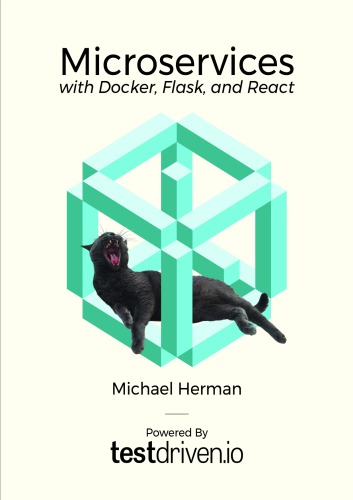

- Docker flask postgres app how to#
- Docker flask postgres app install#
- Docker flask postgres app password#
RUN pip install -no-cache-dir -upgrade -r /code/requirements.txtĬMD # If running behind a proxy like Nginx or Traefik add -proxy-headers # CMD What is a Container ¶Ĭontainers (mainly Linux containers) are a very lightweight way to package applications including all their dependencies and necessary files while keeping them isolated from other containers (other applications or components) in the same system. Number of Processes on the Official Docker ImageĪlternatives, Inspiration and ComparisonsįROM python:3.9 WORKDIR /code COPY. Official Docker Image with Gunicorn - Uvicorn Previous Steps Before Starting and Containers One Load Balancer - Multiple Worker ContainersĬontainers with Multiple Processes and Special Cases
Docker flask postgres app password#
OAuth2 with Password (and hashing), Bearer with JWT tokensĬustom Response - HTML, Stream, File, othersīuild a Docker Image with a Single-File FastAPI Now if you see the user table, you'll know that postgres was succesfully connected to the flask app.Dependencies in path operation decorators Next connect to the test database with: \c testdb and finally view the tables with \l Login to the postgres instance again with: docker exec -it some-postgres bash then into postgres with psql -U postgres Then run flask db migrate -m "users table"Īnd to apply changes to the data base run: flask db upgradeĪt this point you can check the postgres container to see if any changes were made. To migrate the database run flask db init. You can test the models out by loading the python interpereter and running: > from app.models import User
Docker flask postgres app how to#
The _repr_ method tells python how to print the objects of this class.

The following lines create the instances of the db.Column class The User class inherits from db.Model, which is a base class for all models from Flask-SQLAlchemy. Password_hash = db.Column(db.String(128)) Username = db.Column(db.String(64), index=True, unique=True)Įmail = db.Column(db.String(120), index=True, unique=True) Id = db.Column(db.Integer, primary_key=True) For this example, I create a user database model, where the table contains an ID, a string username, string email, and a string password hash. The next step is to create a database model. Then you'll need to change your _init_.py script to migrate the database instance. SECRET_KEY = os.environ.get('SECRET_KEY') or 'butter' POSTGRES_DB = get_env_variable("POSTGRES_DB") POSTGRES_PW = get_env_variable("POSTGRES_PW") POSTGRES_USER = get_env_variable("POSTGRES_USER") POSTGRES_URL = get_env_variable("POSTGRES_URL") Message = "Expected env variable '' not set.".format(name) # Function to get the environmental variables # config.pyīasedir = os.path.abspath(os.path.dirname(_file_)) We'll load the environmental variables for postgres and create SQLAlchemy configurations for the app. Then in your root directory of your flask application create a file called config.py which will house the configurations for the postgres database. env set up environmental variables for your postgres db. To connect postgresql to flask, create an environmental variable file in your flask application called. Then run pip install flask-sqlalchemy flask-migrate psycopg2 python-dotenv to install the necessary python packages. I also use python-dotenv to load environmental variables declaring postgres.įirst install Psycopg2 to Arch with pacman -S python-psycopg2 To use postgres with python, I also need Psycopg2, both a python package and Arch package. To use postgresql with flask, I use SQLAlchemy, a python wrapper for SQL and flask-migrate, a wrapper for Alembic, a database migration framework for SQLAlchemy. Then create a database with CREATE DATABASE testdb Connecting Postgres to flask To create a postgres table, enter postgres with: psql -U postgres Then enter the container with docker exec -it some-postgres bash To setup a postgres table, start the postgres instance with: `docker run -name some-postgres -e POSTGRES_PASSWORD=mysecretpassword -d -p 5432:5432 postgres To setup postgres I used the official postgresql instance with docker pull postgres and I start it with docker run -name some-postgres -e POSTGRES_PASSWORD=mysecretpassword -d -p 5432:5432 postgres. I decided on postgresql for my database and running on a separate docker container. Continuing my Raspberry Pi/ Docker/ Flask experiment, I wanted to connect a database to my flask app.


 0 kommentar(er)
0 kommentar(er)
